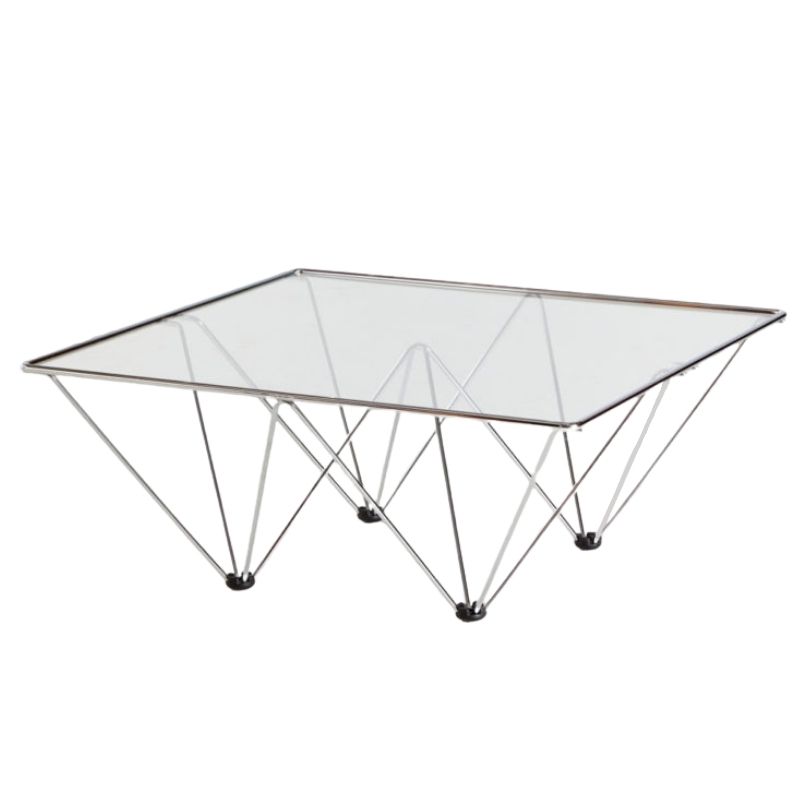I now own my first wood DCM and I wanna fix it. We all know the hardware isn't supposed to poke through the seat and backrest so:
Can molded plywood holes be patched or repaired somehow? (I'd rather live with seeing patches than hardware poking through everywhere).
I also love the patina and wear to the wood. My dad is a trad furniture restorer and I know he'll want to refinish all the wood but I'd rather keep the roughness so:
If the wood can be patched, is there a way to only restain the new wood patches and leave the original finish in tact?
Thanks!
nate
 <img class="wpforo-defau
<img class="wpforo-defau
.
Making a good plug in plywood is dubious; making it "disappear" is virtually impossible. I was going to suggest re-veneering after the repair -- but not if you also want to save the present surface. But reboring the holes in the backrest until they are clean and true, and gluing in a plug of birch (is that what this veneer is ? or walnut ?) with the grain aligned, then masking and staining and finishing the plug, seems possible. Always start with wood and stain lighter than the original, and work carefully down to the correct shade. Wood can be darkened easily but not made lighter without much difficulty.
As this chair has been fatally altered anyway, a good solution to reattaching the back would be to bury a bolt in a circular block of solid or plywood and gluing that to the back of the backrest. with the protruding threaded studs carefully aligned to the holes in the frame. This would be in place of the orthodox rubber mounts; some movement (replicating the original) could be had by inserting a rubber washer between the new wood and the frame.
Intact is still one word, though there's a creeping increase in this painful reinvention. . .
i would let pop redo th...
i would let pop redo the chair that one looks like it needs it and get rid of those stupid rings.
I have plugged a lounge chair and it turned out great once you plug it with wood filler and sand it have your dad lightly paint it going with the vertical grain of the wood, with a little artistic licence that chair will clean up and look great
you just have to be willing to take on a little project
.
I' ve been thinking about this, here is a link to a heap of different veneers. I would sand back lightly, plug the holes and would vacuum press (cos I have one) each side at a time, I don't think I'd bother alternating the grain direction....just do both sides. There might be a problem with the bag pressure damaging the edges of the new veneer as it goes down but I've thought about that and pressing onto a bed of sand (crazy!) with veneer facing down (I'm sure you're not following me but I think SDR will) should solve that. Trimming the excess veneer is just a matter of hand filing (actually very easy). Then it would be up to you to re-finish and re-glue new shockmounts.
What do you think SDR?

Wow...what a shame
I would've eaten my heart out, but I wouldn't have bought the chair.
Repairing those holes would be about the most difficult thing to do, since visually that's what you see when you look at it.
As bad of a 'repair' as i've ever seen.
Good luck trying to cover those holes.
It is kinda sad we as ...
It is kinda sad we as fellow DA s love that chair. as we know it is a DCM chair, to the millions of
students and other folks in public places it is just a old chair with wood on it , and saw its day.
That is what i love what i do, and when nice folks send their armshells and side shells to be recovered cause they want to preserve the heritage of a great chair.
I've almost
got HP's drift but not quite. The idea is to provide a surface surrounding the actual workpiece (backrest) at the level of the face being veneered, so the overhang of the veneer is not bent by bag pressure ? It seems to me you'd make a bed of damp sand and place the backrest (first protecting the opposite face with a layer of rubber cement or something else removable, to prevent moisture damage) into the sand, pressing it in and molding the sand to the level of the face of the backrest all around. Then apply glue and mold the slightly dampened (?) veneer to the area and vacuum bag the whole thing. Tricky but doable.
Did I follow your lead at all, HP ?
Another way (something a repeat repairer of these parts would make, perhaps) is a hard device that provides the same effect: a form-fitting fixture that the part would sit in, with an extension surface all around that would be waxed to prevent adhesion of glue.
What would we do without the vacuum bag ? I tried in vain to get my last employer to invest in one, especially when we got a warped front door with complex back surface that had to be re-veneered. He didn't "get it" and I had to devise a complex, cumbersome and marginally effective clamping method to accomplish the job.
History
If this were my chair I wouldnt go through all the trouble of reveneering it. I would take off the wretched hardware, fill the holes with a dowel as described above. Then I would cover the whole surface with a satin finish polyurethane. Keeping the plugs visible is simply acknowledging the history of the piece. The satin poly will protect the existing patina without covering it up. Get some shockmounts and some glue from Graham Mancha or HumeModern and have your dad fit a jig to clamp them on. Use some 0000 grade steel wool to clean up the rust on the legs. Just be careful - a lot of times the steel wool will get rid of spots ON the chrome. However, if the rust goes through the chrome the steel wool will take off the surrounding area of chrome as well. You'll know because you'll see little silver flakes falling around. A light coat of rennaissance wax will protect the chrome once it's cleaned up. Easy as pie! 😀
I understand
the concern -- but wood-to-wood joints are quite permanent if properly performed. As long as there is enough pliability to the connection -- a 1/4" or even thicker rubber washer ? It should be tested with a mock-up. . .
I guess we do finally have a reliable glue for the rubber shockmounts, though.
Whoa!
Thank you for all your input thus far!
I took off the backrest and found the damage was worse than I thought. (How does this even happen!?) I guess the shockmounts are originally sunk into the plywood?
Can I still just fill in the holes with dowel plugs and sand them down?
Thanks!
nate
P.S. (I have no allusions of making this chair like new. In fact, I love the way it looks now complete with nicks, scratches, and chips except for the awful hardware.)
If you need any help, please contact us at – info@designaddict.com









